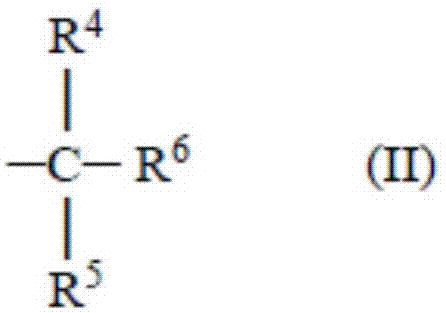Process for preparing propylene copolymers
A technology of propylene and polypropylene, applied in the field of olefin polymerization, can solve the problems of low reactivity, increase of α-olefin comonomer, etc.
- Summary
- Abstract
- Description
- Claims
- Application Information
AI Technical Summary
Problems solved by technology
Method used
Image
Examples
Embodiment Construction
[0087] I. Measurement method
[0088] If not stated otherwise, the parameters mentioned in this application were measured by the methods described below.
[0089] 1. Measurement of comonomer content by IR spectroscopy
[0090] The 1-butene content in the propylene-butene copolymer was determined on the film by quantitative Fourier transform infrared spectroscopy (FTIR). The films were pressed at 210 °C to thicknesses ranging from 260 to 300 μm, and spectra were recorded in transmission mode. Relevant instrument settings include wavenumbers from 5000 to 400 (cm -1 ) spectral window, 2.0cm -1 resolution and 16 scans. I adopt it at 767cm -1 The butene content of the propylene-butene copolymer is determined by the baseline correction peak of the quantitative band at 1945 to 625 cm -1 . Using the following relationship, using quantitative band I 767 The intensity (absorbance value) and the thickness (T, cm) of the pressed film were used to determine the comonomer content (m...
PUM
 Login to View More
Login to View More Abstract
Description
Claims
Application Information
 Login to View More
Login to View More - R&D
- Intellectual Property
- Life Sciences
- Materials
- Tech Scout
- Unparalleled Data Quality
- Higher Quality Content
- 60% Fewer Hallucinations
Browse by: Latest US Patents, China's latest patents, Technical Efficacy Thesaurus, Application Domain, Technology Topic, Popular Technical Reports.
© 2025 PatSnap. All rights reserved.Legal|Privacy policy|Modern Slavery Act Transparency Statement|Sitemap|About US| Contact US: help@patsnap.com



